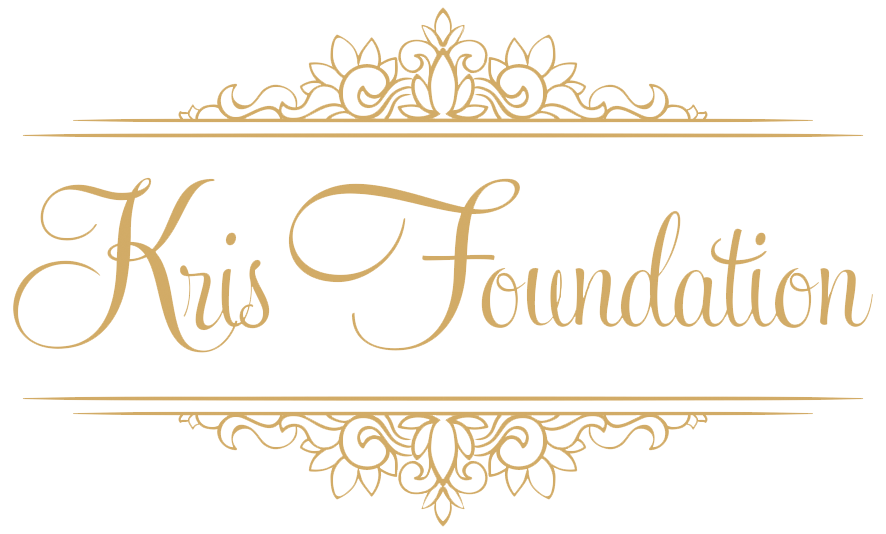Clara Wieck-Schumann (1819 – 1896)
Sonata in G Minor
i. Allegro
ii. Adagio
iii. Scherzo
iv. Rondo
Considered one of the most distinguished pianists of the Romantic era, Wieck-Schumann’s qualities as a composer are often overlooked. This Sonata was her sole attempt at writing a piano sonata and marked a turning point in her artistic and personal life. Throughout the Sonata’s genesis, she experienced emancipation from her controlling father, an acclaimed transition from prodigy virtuoso to mature artist, and the joys and power imbalances in marriage. In terms of form and sound aesthetic, the Sonata reflects the Schumanns’ changing views on virtuosity and their joint studies of Bach’s counterpoint, songs and literature, Mozart’s and Beethoven’s symphonies and chamber works. However, it was never premiered or published till 1989 and 1991 respectively. She had also left the final movement unannotated; a meaningful challenge and opportunity for the interpreter.
Wieck-Schumann’s music exhibits a unique personality compared to her husband’s freneticism. Through her mastery of sonata form and pianistic texture, she maintains a flowing continuum between fiery passion and poised restraint. Wieck-Schumann quoted her own theme from ‘Er ist gekommen in Sturm und Regen’ (He Came in Storm and Rain), a lieder she contributed to the Schumanns’ collective Liebesfrühling [1840]. In the original song accompaniment, the turbulent piano figuration swirls urgently beneath an anxiously beseeching soprano line, in a masterful soundpainting of Friedrich Rückert’s text. In this Sonata’s Allegro, the theme is often in the tenor voice, perhaps representing the enigmatic ‘He’ of Rückert’s text. Wieck-Schumann appeared to be preoccupied with this ‘storm’ imagery, for the quotation was also present in her Scherzo No. 2. The Adagio is beautifully succinct and features a quotation of Robert Schumann’s Schlummerlied (Lullaby). The Schlummerlied had been his gift for her upon the birth of their first child, Marie. The sprightly Scherzo movement alternates youthful levity with the elegiac tone of Trio. Finally, the Rondo bears thematic references to the Allegro, demonstrating Wieck-Schumann’s grasp of cyclicism and coherence. Its main theme shares a melodic outline with her ‘Sie liebten sich beide’ (They Loved Each Other) from her Sechs Lieder Op. 13 No. 2 (1844). The musical character shifts between yearning lyricism and restlessness, before coming to an assertive conclusion. Wieck-Schumann’s Sonata, eclipsed for 150 years, is now reborn into the 21st century, offering listeners a window into imagining her world.
Programme Notes by See Ning Hui.
Clara Wieck-Schumann’s Sonata in G Minor was performed by pianist See Ning Hui at our Allure on 7th August 2018.
